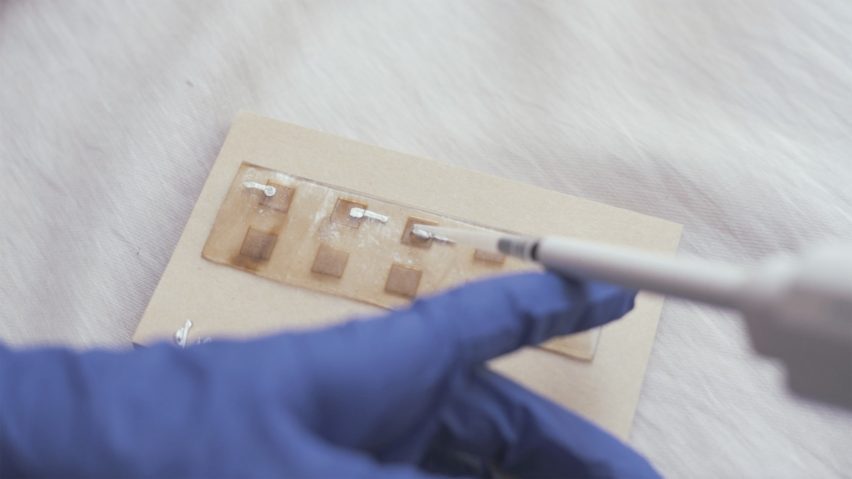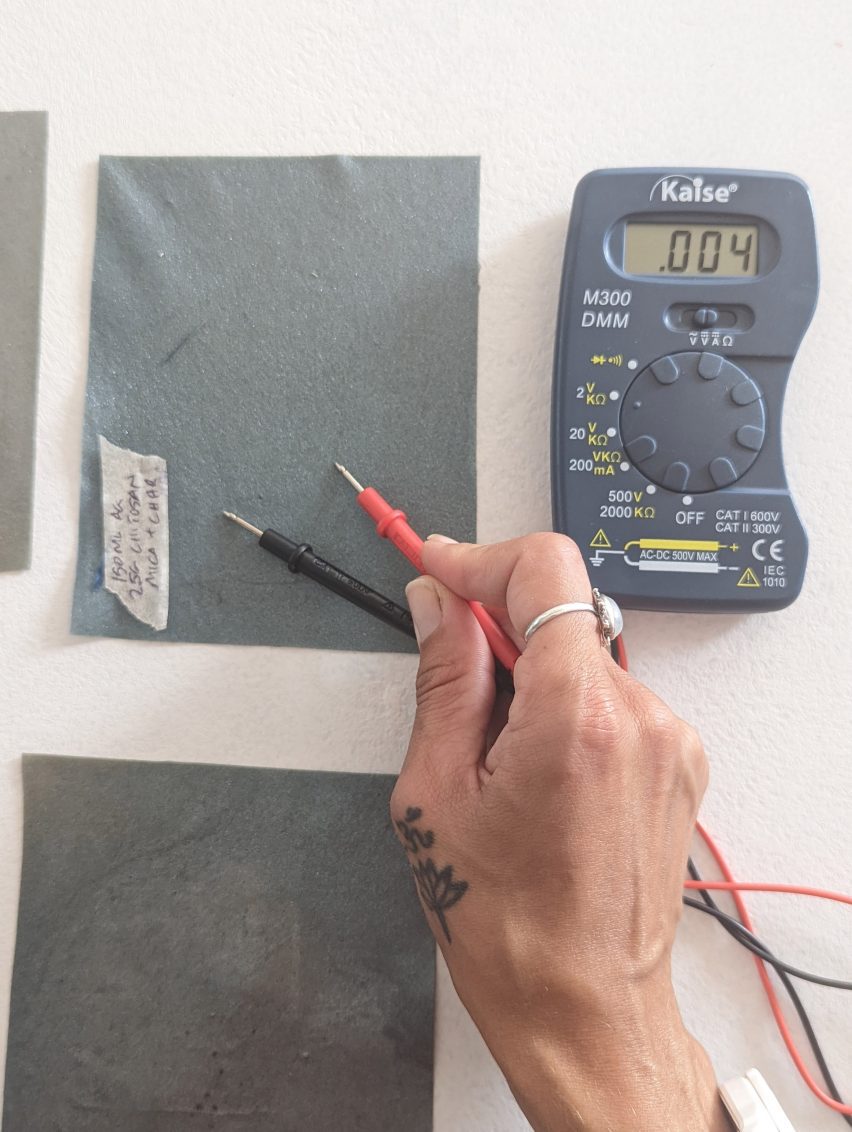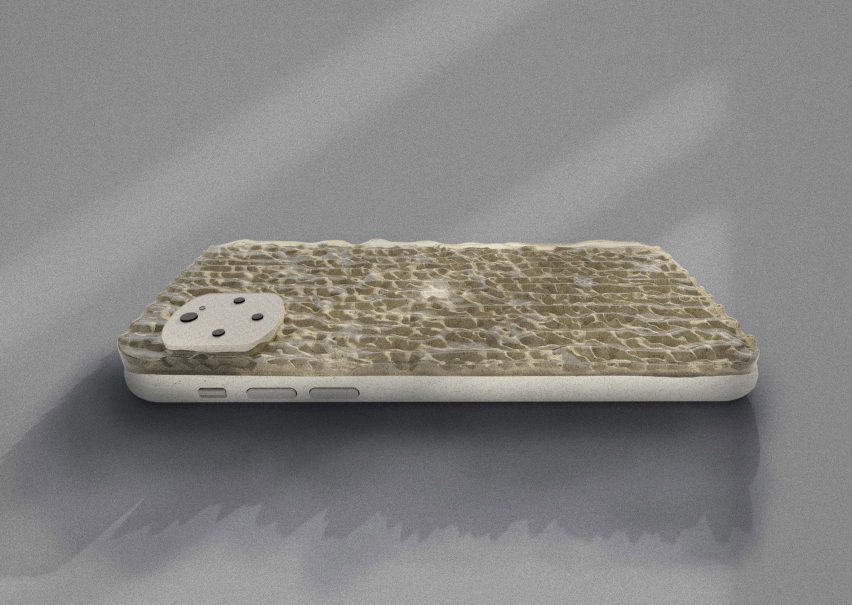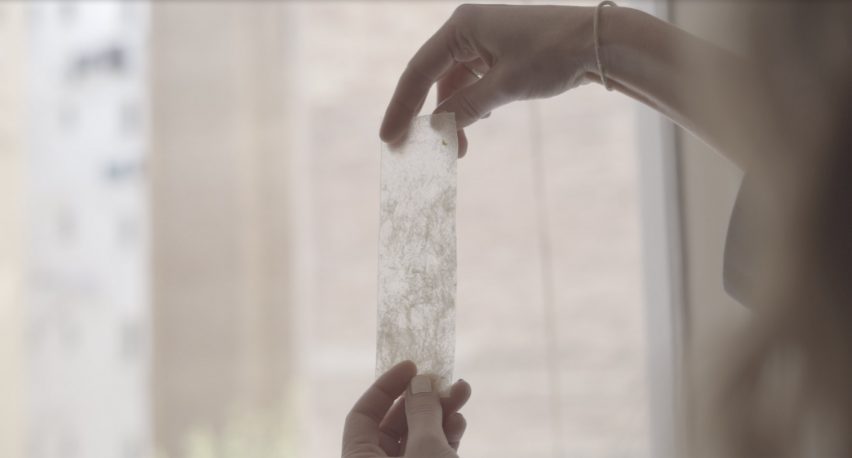
Researchers develop renewable and biodegradable power sources using bacteria
Promotion: four international researchers have explored ways to develop energy sources that are both renewable and compostable using bacteria and biomaterials.
Named Electric Skin, the aim of the project was to create a flexible battery with characteristics similar to a living membrane or "human skin".
The researchers – Nada Elkharashi, Catherine Euale, Sequoia Fischer and Paige Perillat-Piratoine – focused on protein nanowires or pili, which are hair-like structures typically found on the cell surface of bacteria, which aid bacteria in movement and adherence to surfaces.

Pili became a focus for the project after learning that the nanowires can produce up to 0.5 volts of electricity across a seven-micrometre-thick-film.
The project was informed by a research project by scientists Dr Derek Lovley and Dr Jun Yao from the University of Massachusetts Amherst (UMass) who created a biofilm using a strain of bacteria that meant energy from moisture evaporation could be converted into electricity via moisture from the air.
Because of the abundance of the desired bacteria, which can be found in oxygen-deprived soils, salt marshes, garden ponds and deep-sea trenches, the researchers believe that their work could result in a renewable and fully biodegradable energy source.
"UMass's research shows that when linked together, protein nanowires found in the bacteria 'Geobacter sulfurreducens' use humidity in the air to create an electrical charge," said Euale. "These nanowires, called pili, can produce up to 0.5 volts across a 7-micrometer-thick film."
"So far, UMass utilizes materials such as glass to incorporate the nanowires," she continued. "Our research on Electric Skin, however, is now exploring the potential of a compostable biomaterial to incorporate the nanowires."

With Electric Skin, the research team is focused on incorporating the nanowires within biomaterials such as algae-based membranes that would make the material completely compostable.
"At the moment, we are testing our circuits on flexible, algae-based membranes in place of glass," said Euale. "We are attempting to use this technology to create electricity-generating material that is fully biodegradable, creating a seamless cycle starting from soil-dwelling bacteria and returning to soil as compost."
"Why do we call the compostable biomaterial 'skin'? The addition of a textured membrane that could charge our devices with ambient air gives our design an inherent living or biomimetic property, much like the skin of a living creature," said Elkharashi, who holds an MFA in Design from Virginia Commonwealth University School of the Arts in Qatar.
"At a psychological level, it makes it less likely for us to dispose of a living thing. This results in creating a connection between the inanimate and the living."

The team hopes that the flexible battery can be adaptable to a variety of technologies and used within various instances in everyday life – imagining that the battery could be used to power light sources or even charge phones.
"We hope to use this 'skin' as a prompt to change how people interact and connect with everyday objects," said Elkharashi. "For instance, imagine a light fixture that has its power sourced from this electric skin, or a phone charged by it."
The photography is courtesy of Virginia Commonwealth University School of the Arts in Qatar.
Partnership content
This article was written by Dezeen for Virginia Commonwealth University School of the Arts in Qatar. Find out more about Dezeen partnership content here.